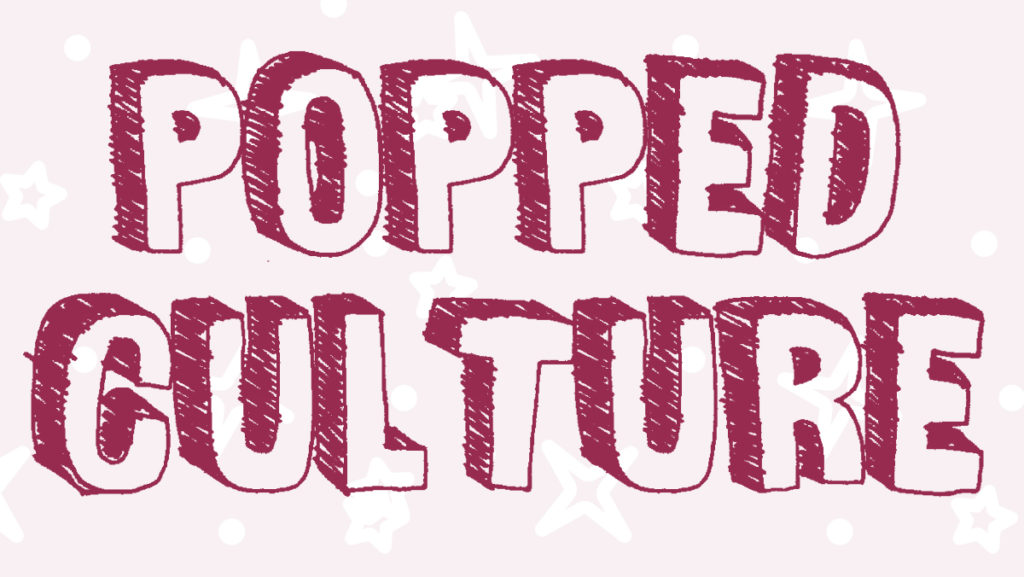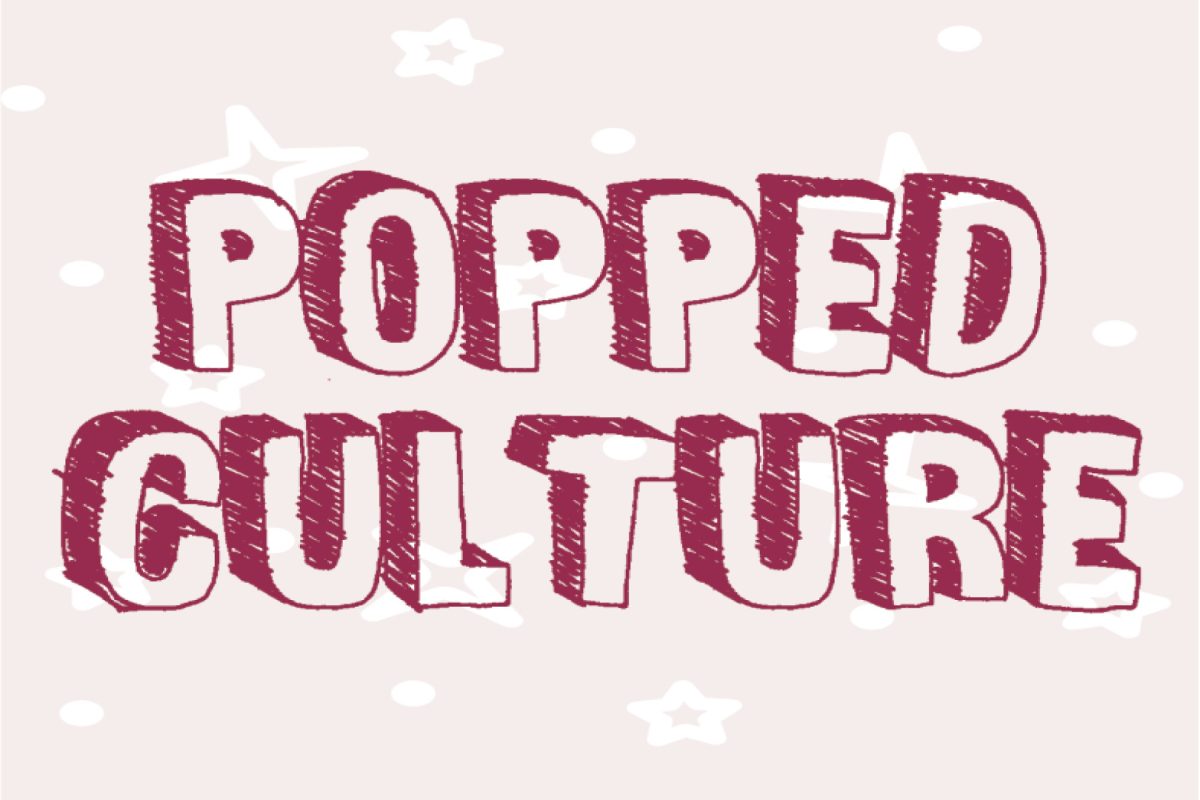While I was watching the recent “Cinderella” film starring Camila Cabello, I couldn’t shake the feeling that this whole movie seemed eerily familiar. Perhaps it was just a bad case of deja vu, or, more likely, it was because Cinderella is one of the most culturally relevant fairytales of all time.
Audiences are obsessed with the fairytale. There are over 700 different written versions of Cinderella from all over the world. There are also countless modern versions. In September, there were two Cinderella adaptations — Cabello’s and a modernized stage musical in London.
When it comes to modern movie adaptations, there is an obvious pattern: the films implement current cultural context like politics and popular music and they often cast a wildly–popular, female icon in the titular role.
Cabello’s “Cinderella” fits into this pattern freakishly well. Other Cinderella movies that fall into this pattern include the 1997 “Cinderella,” starring Brandy, Hillary Duff’s “A Cinderella Story” from 2004, and the 1957 “Cinderella” starring Julie Andrews.
Walt Disney Studios produced one of the most recognizable adaptations of Cinderella. In fact, the timing of its release might explain how Cinderella latched onto the public consciousness in the first place and why it has remained relevant for so long.
There are seven distinct “eras” of Disney –– the Golden Age, the Wartime Era, the Silver Age, the Bronze Age, the Disney Renaissance, the Post-Renaissance and the Revival Era. During the Wartime Era (1943-49), there were less resources for film making, so Disney couldn’t produce feature-length films. Instead, this time was characterized by anthology films — movies like “The Three Caballeros” (1944) and “The Adventures of Ichabod and Mister Toad” (1949).
When “Cinderella” came out in 1950, it ushered Disney into the Silver Age and reestablished the company’s place as a major production company.
The widespread popularity of this film, and Cinderella in general, during the ‘50s is likely due to the Western world’s fascination with the idea of “rags to riches.” In general, people just love a good story of hardship that then leads to success, even when it comes to real-life celebrities.
The 1950s were a time of recovery and audiences were eager for a good story of hope and prosperity –– “Cinderella” gave them just what they needed. While it feels a little ridiculous that we got two Cinderella adaptations in the same month, it’s not surprising. We’re in crisis and reports of anxiety and depression have skyrocketed as a result of the COVID-19 pandemic. It’s not a big jump to assume that, like back in the 1950s, we’re all searching for hope.
This timing of the 1950 “Cinderella” also explains why other Disney princess movies didn’t attract the same widespread fascination. The perfect example of this is “Snow White and the Seven Dwarves.” It was the first feature-length, animated film that Disney ever produced, yet audiences hardly give Snow as much love as Cindy.
Snow White is one of the only officially–licensed Disney princesses without a live-action film adaptation. Technically, the first princess to receive the honor was Aurora in 2014. However, “Maleficent” wasn’t about her. Taking that into account, Cinderella was technically the first Disney princess to star in her own live-action remake.
In 2011, ABC released “Once Upon A Time” which featured Snow White (Ginnifer Goodwin) in a prominent role. In 2012, two separate live-action Snow White movies were released. “Mirror Mirror” came first and was followed by “Snow White and the Huntsman.” Both films were flops, and “Once Upon A Time,” while fairly popular, is far from what most people would consider significantly culturally relevant.
Audiences simply haven’t connected with Snow White in the same way they have with Cinderella and that says a lot about the importance of timing, as I mentioned earlier. It’s not just about producing content, but rather strategically choosing what to market to people and when.
Knowing that audiences are vulnerable at this moment, it makes sense that people would start trying to monopolize on the stories that have, in the past, been successful with audiences. And Cinderella is tried and true.





